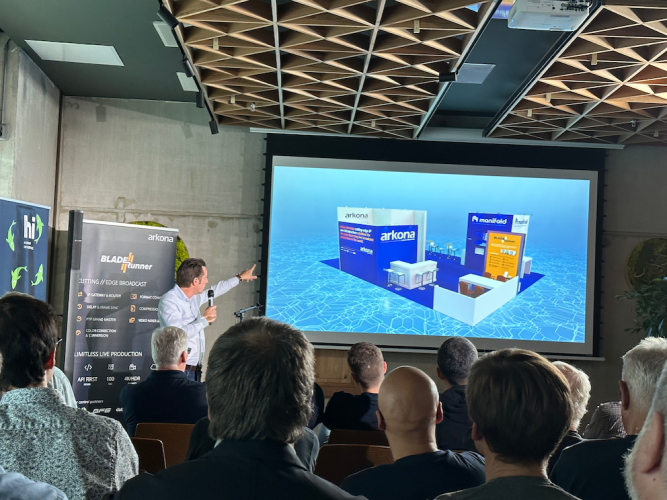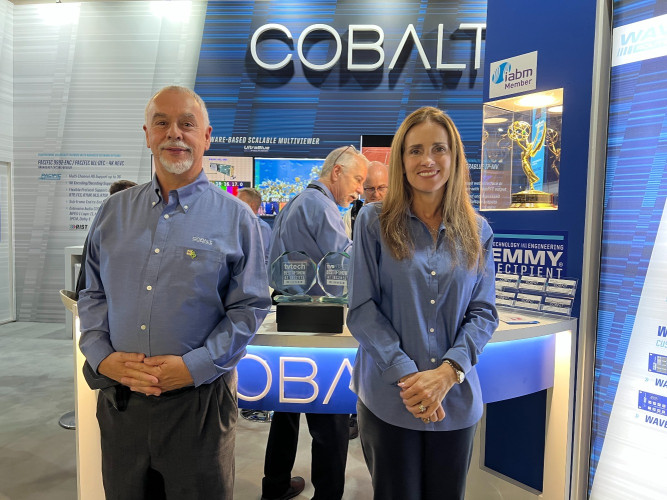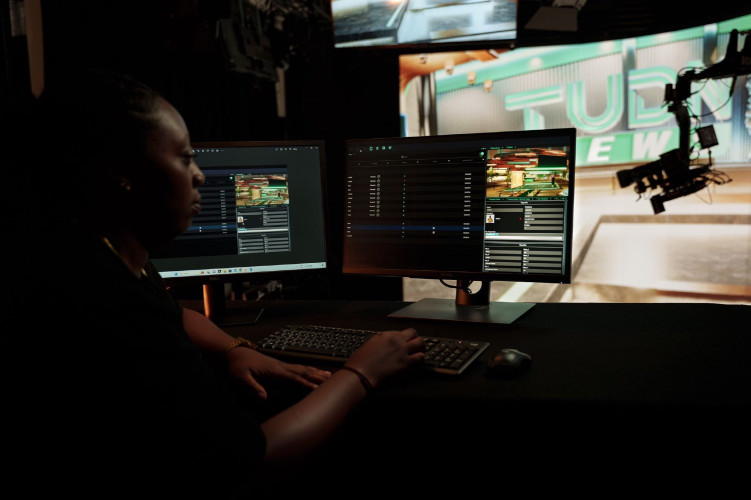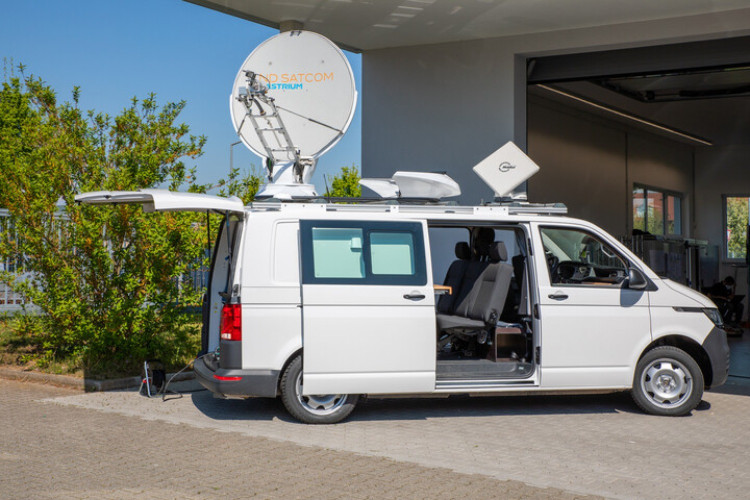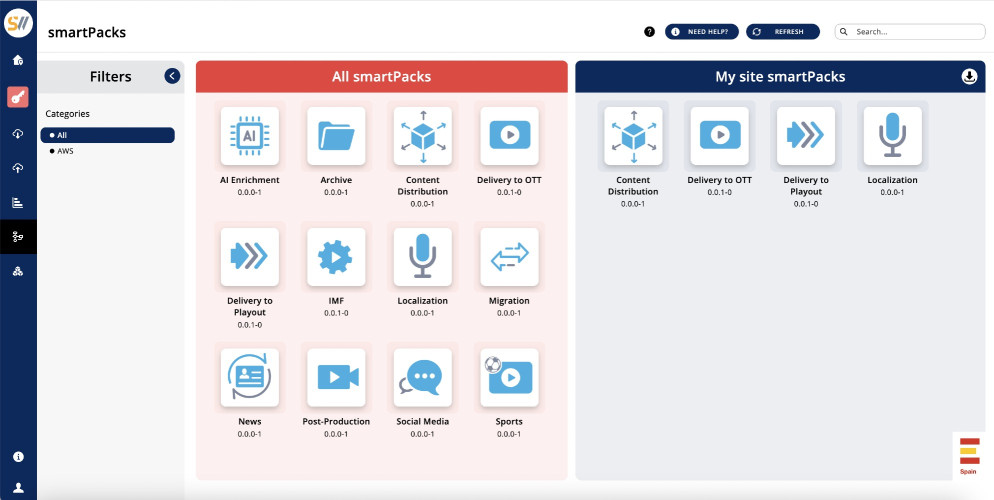Dick Hobbs gets up to speed with ESOMPS

Author: Dick Hobbs.
Published 1st October 2013
The UK communications regulator Ofcom has issued a consultation document on the prospects for a technology called Earth Stations on Mobile Platforms, or ESOMPs. My first response to the consultation is that they should get a better acronym. An ESOMP is a small communications device which is attached to a mobile platform: a train, a plane, a ship or a coach. It communicates with a service provider through a fixed earth station, either direct or via a satellite (if the plane or ship is in mid-ocean). The aim is to provide high speed internet to the vehicle. If you have tried the existing internet connections some airlines and train companies offer, you will know that it tends to be slow and is really only suitable for email.
With ESOMP there should be enough capacity for all, at fast enough speeds for even streaming content. Now the first thing that interests me about this is that it calls for some very clever technology. As is the way with very high frequency radio signals – the plan is to use frequencies around 20GHz in one direction, 30GHz in the other – you need to point the antenna pretty much straight at the ground station or satellite. That is reasonable enough if you are unfolding a Ka-band dish and bolting it to a hotel balcony. It is a bit harder on a train moving at 300km/hour or a plane moving at 900km/hour. So the devices on the mobile platform will need to have sophisticated tracking systems, which means they are going to be a bit delicate and almost certainly quite expensive.
Bundle that with the data charges – and this is a new service the carriers will feel free to ask silly money for. It will be an additional operating expense for the train company, airline or whatever, which of course they will want to recover somehow. At the moment that splendid airline Norwegian has free Wi-Fi for all passengers on most of its planes. Virgin Trains offers it free in first class but charges for those in steerage. Train designers are looking at using the frames of advertising placards in each carriage as the Wi-Fi aerial, so they can control the service by area. The real question, though, is what will you do with faster internet access on a plane? When the idea of telephones on board planes was first mooted, in 2009, a survey (admittedly by the Daily Telegraph) found 85% of people threatening to boycott airlines which offered in-flight phones. In 2011 a woman reportedly spoke on her phone for 16 hours non-stop, on an Amtrak train between Oakland, California and Salem, Oregon (where she was arrested for disorderly conduct). Yes, she was in the quiet car. Yes, I would have joined in the lynch mob.
It is hard to be starved of diversions on a modern plane. Emirates, for instance, claims 1500 channels of television entertainment. In the last few months I have endured eight long-haul flights on Emirates and can confirm I was not once bored. With that sort of choice, what could you possibly want to stream from iPlayer or YouTube? Especially as the built-in entertainment system is free and you are almost certainly going to have to pay for fast broadband. You could use it for Skype, I suppose, but would you really need to make a video call? Once you’ve done the “I’m on the plane” thing, there is not a lot to see. Except how uncomfortable you are, and how uncomfortable the people sitting next to you are at you shouting “you’ve gone all dalek again”. The people – usually junior PR girls – who used to be surgically attached to their Blackberries might want to feel they are so busy they have to be in touch all the time.
They could use the bandwidth to send press releases and compare the dull screen shots that make editors scream in despair. The first time I flew on Norwegian I opened the laptop and posted on Facebook that I was at 36,000 feet above the North Sea. Then I shut the laptop and went back to reading my book. Is this going to be the problem? Is this a technology which is looking for an application? An answer to a question no-one asked? Regular readers will know I love innovation. I am in huge awe of people who invent things, who find clever solutions to technical challenges. But we do have to think about how real those challenges are, whether they are “wants” or “needs”.
For many of us, the next time we get on a plane will be for the short hop to Amsterdam and IBC. We can probably live without connectivity on such a short flight. But we should take our innovation caution with us as we go around the exhibition or listen to the cutting edge descriptions in the technical papers. Is this whizzy new gizmo the answer to all our prayers? Or is it just an engineer’s pet project? Is it something that will change our industry, and our consumers lives, for the better? Or is it, like ESOMP, something that makes us say “yes, but…”.









